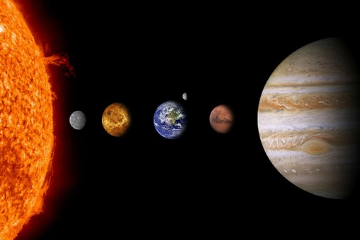WunderQuiz
Global warming for dummies, Part One
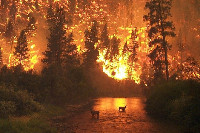
But do you even know the basics? Let's find out!
Global warming for dummies, Part One
This quiz helps you understand the basics of global warming. Participants will learn about greenhouse gases, rising global temperatures, and the impact of human activity on the environment. The quiz covers concepts such as the greenhouse effect, the contribution of different sectors to gas emissions, and the importance of limiting emissions to avoid rising temperatures. It's an ideal introduction for those who want to better grasp the issues surrounding climate change.
Quiz Preview
Climate change has always existed.
Oh yes, this isn't the first time the climate has warmed up, but this time it's much faster than usual.
Over the last hundred years, the average global temperature has risen ___.
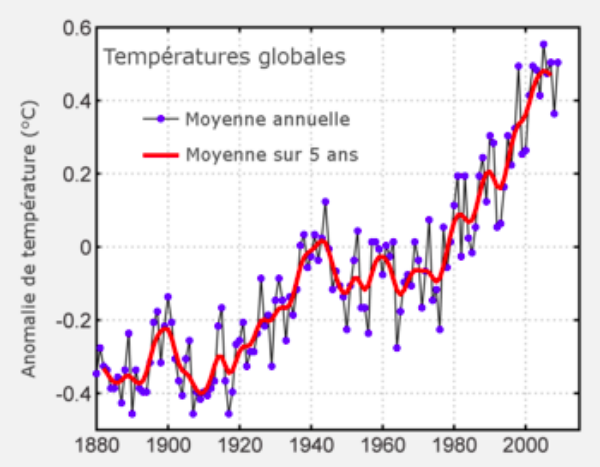
According to most scientists, global warming is caused by an increase of the greenhouse effect due to _____
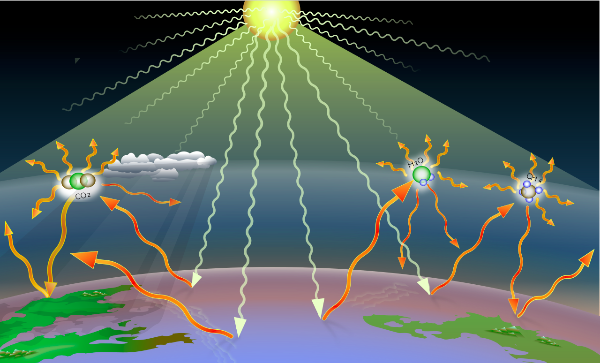
What is the average temperature on Earth?
What would be the average temperature on Earth without the greenhouse effect?
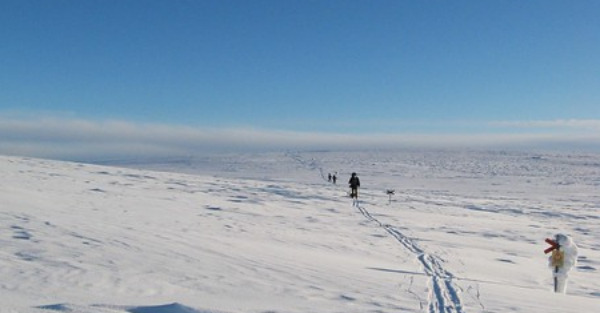
So we need the greenhouse effect to survive, but not too much. It's a fragile balance.
What is the atmospheric "greenhouse effect"?
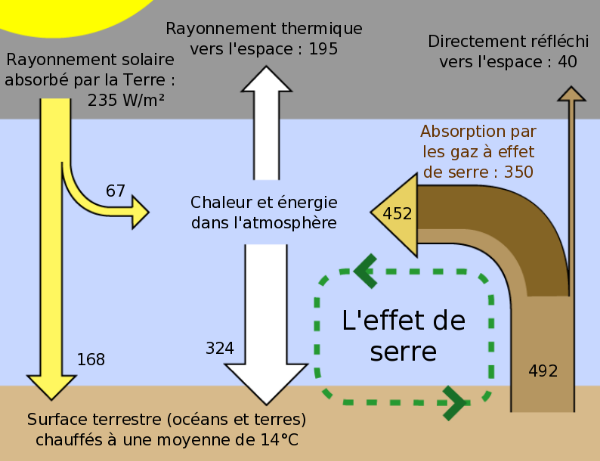
The greenhouse effect is a natural phenomenon
.
It enables the Earth to retain solar heat in the atmosphere and maintain an acceptable temperature for sustaining life.
Without it, the Earth's temperature would be around -18°C!
Currently, the Earth's atmosphere averages 15°C due to the greenhouse effect.
Which of these is not a greenhouse gas?
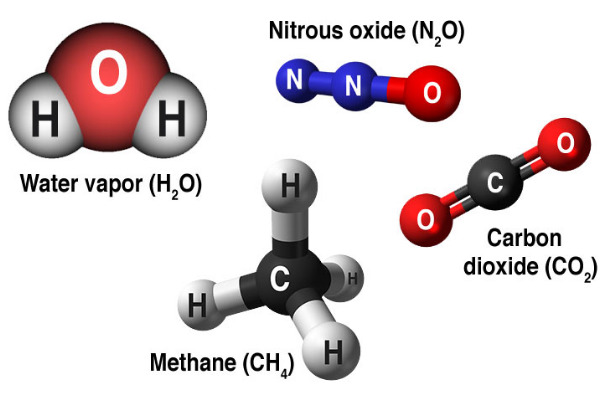
- water vapor (H2O) and water droplets in clouds, which account for 72% of the natural greenhouse effect. Global warming accentuates water evaporation, which dries out the land, increases the greenhouse effect and warms the oceans;
.
- carbon dioxide (CO2), the main greenhouse gas (in quantity), is 97% natural and 3% anthropogenic, but this 3% accounts for 66% of the anthropogenic greenhouse effect;
- methane (CH4), which is responsible for 17% of the anthropogenic greenhouse effect due to its high global warming potential equal to 34 times that of CO2 at one hundred years (taking climate feedbacks into account), but which persists less than ten years in the atmosphere. Three-quarters of it is released by humans;
- nitrous oxide (N2O) ;
- tropospheric ozone (O3).
Industrial greenhouse gases also include halogenated hydrocarbons such as:
- hydrochlorofluorocarbons, such as HCFC-22 (a freon);
and
- chlorofluorocarbons (CFCs);
- hydrofluorocarbons (HFCs) ;
- tetrafluoromethane (CF4) ;
- sulfur hexafluoride (SF6) and trifluoromethyl sulfur pentafluoride (CF3-SF5)
.
What gas is released in large quantities when polar permafrost soils thaw?
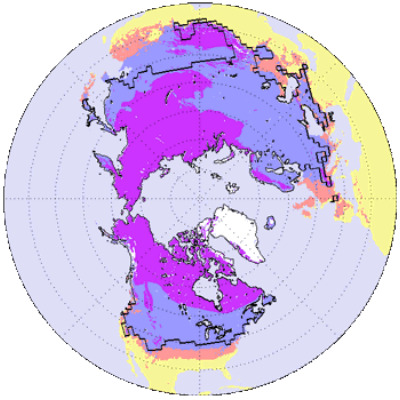
Permafrost contains an enormous amount of methane,
Methane is a greenhouse gas, with an impact twenty to thirty times more powerful than that of carbon dioxide on the planet.
When permafrost melts it releases methane gas into the air, increasing the number of greenhouse gases in the atmosphere and thus contributing to global warming.
To prevent temperatures from rising above 2°C by 2050, each inhabitant of the planet should emit no more than ____ of CO2 per year!
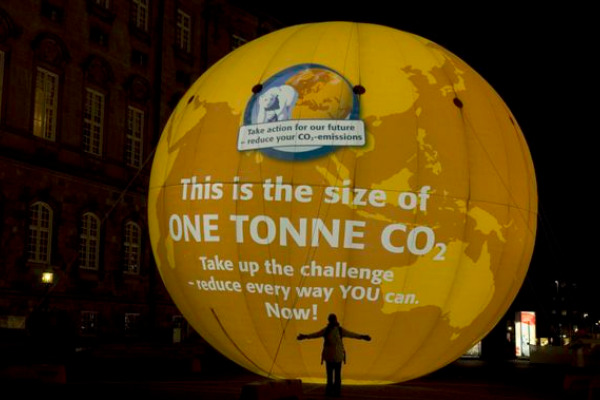
The average person in the United States emits 17 tons of CO2,
a Russian 12 tons,
a Chinese 7.3 tons,
a European 6.9 tons and
an Indian 1.8 tons.
Anthropogenic greenhouse gas emissions (mainly carbon dioxide, CO2) have increased by a factor of ____ since 1960.
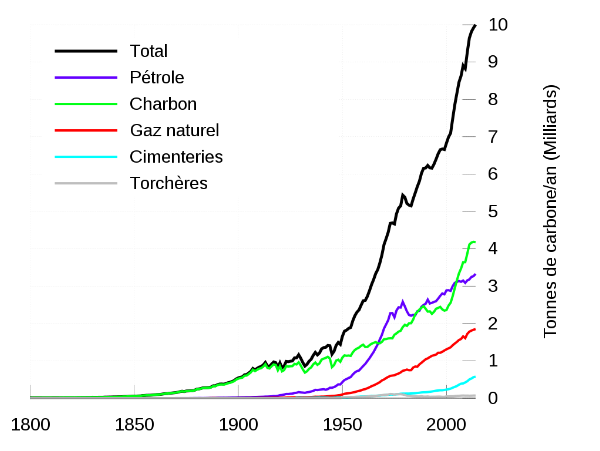
The five countries or areas with the highest carbon dioxide emissions (in 2015) in order:
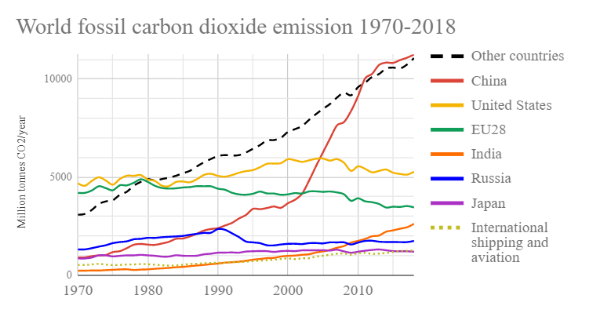
The top five carbon dioxide (CO₂) emitters in 2015 along with their estimated emissions (in billion metric tons of CO₂):
- China: 10.2 billion metric tons
- United States: 5.5 billion metric tons
- European Union (EU-28): 3.5 billion metric tons
- India: 2.5 billion metric tons
- Russia: 1.7 billion metric tons
What is the world's largest source of greenhouse gas emissions?
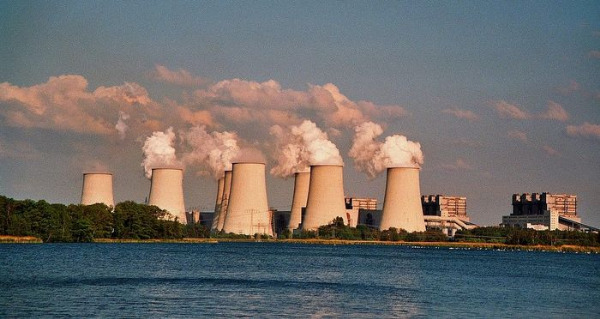
The world's largest source of greenhouse gas emissions comes from the Energy sector, which includes activities like electricity and heat production, transportation, and manufacturing. Below is a breakdown of the major sectors and their typical contributions to global emissions:
Energy (electricity and heat production):
~25% of global greenhouse gas emissions.
Primarily from burning fossil fuels like coal, oil, and natural gas.
Agriculture, Forestry, and Other Land Use (AFOLU):
~24% of emissions.
Includes deforestation, livestock emissions (methane), and agricultural soil management.
Industry:
~21% of emissions.
Involves energy use and industrial processes, including cement production and chemical manufacturing.
Transportation:
~14% of emissions.
Covers road vehicles, aviation, shipping, and rail, mostly from fossil fuel combustion.
Buildings:
~6% of emissions.
Comes from energy use for heating, cooling, lighting, and appliances.
Other energy:
~10% of emissions.
Includes activities like oil and gas extraction and refining.



